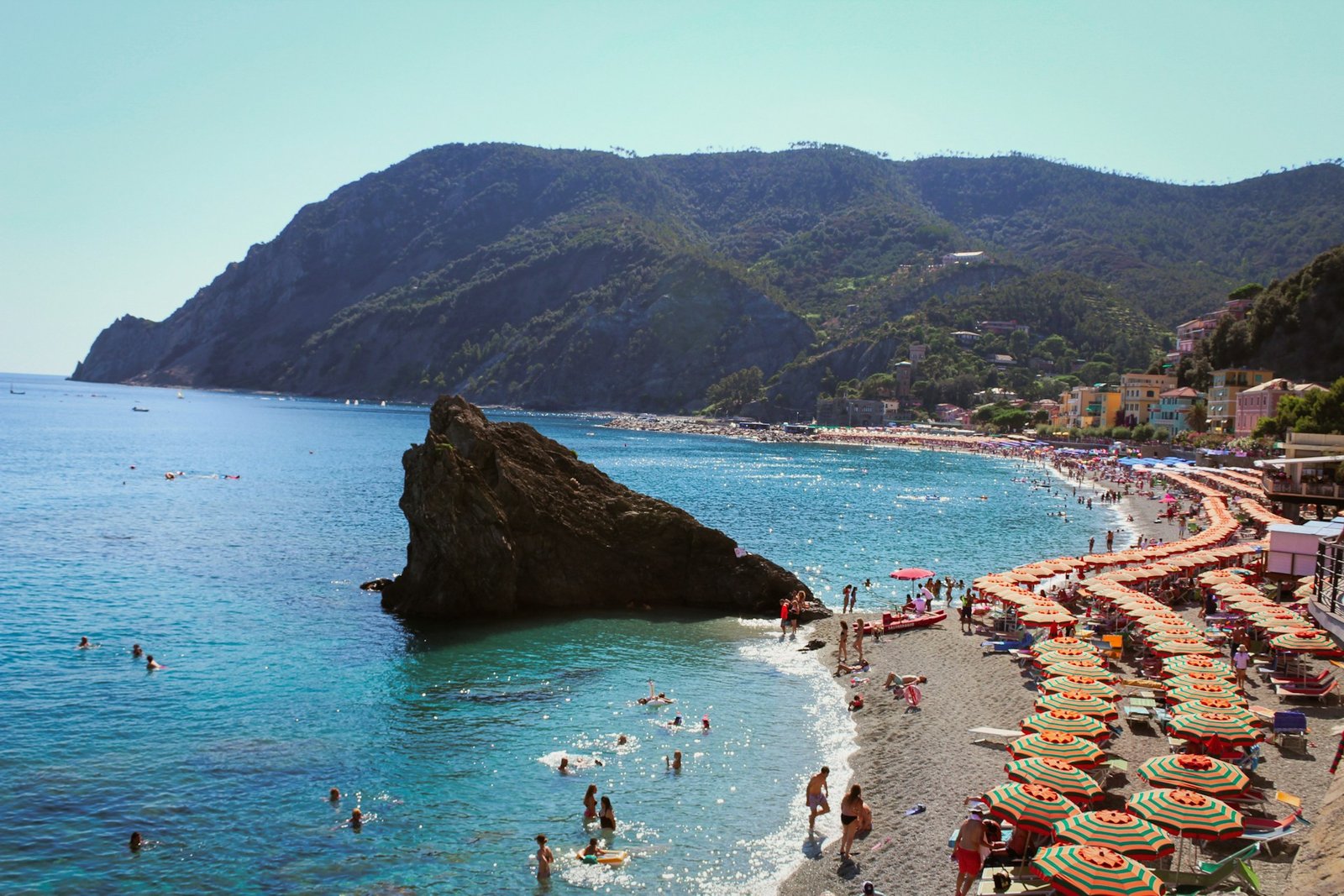Everyone talks about summer in Europe like it’s some kind of revelation. Peak crowds, peak prices, peak everything—including your stress levels when you’re fighting for elbow room at the Trevi Fountain. But here’s what seasoned travelers know: shoulder season is where the magic actually happens.
We’re talking late spring and early fall, those sweet spots when the weather’s still decent but the tour buses haven’t quite descended like locusts. Think fewer selfie sticks, more authentic conversations with locals who aren’t completely burned out from dealing with tourists all day.
The math is simple, really. Hotel rates drop by 30-40%, restaurant reservations become possible without bribing someone, and you might actually get that Instagram shot without seventeen strangers photobombing your frame. Plus—and this is perhaps the most underrated benefit—you’ll experience Europe as Europeans do, not as some theme park version of itself.
Sure, you might need a light jacket in October Prague or deal with the occasional spring shower in Tuscany. But that’s a small price for having the continent’s most incredible destinations feel like they’re yours to discover, rather than endure.
Why Shoulder Season is Your Secret Weapon for European Travel
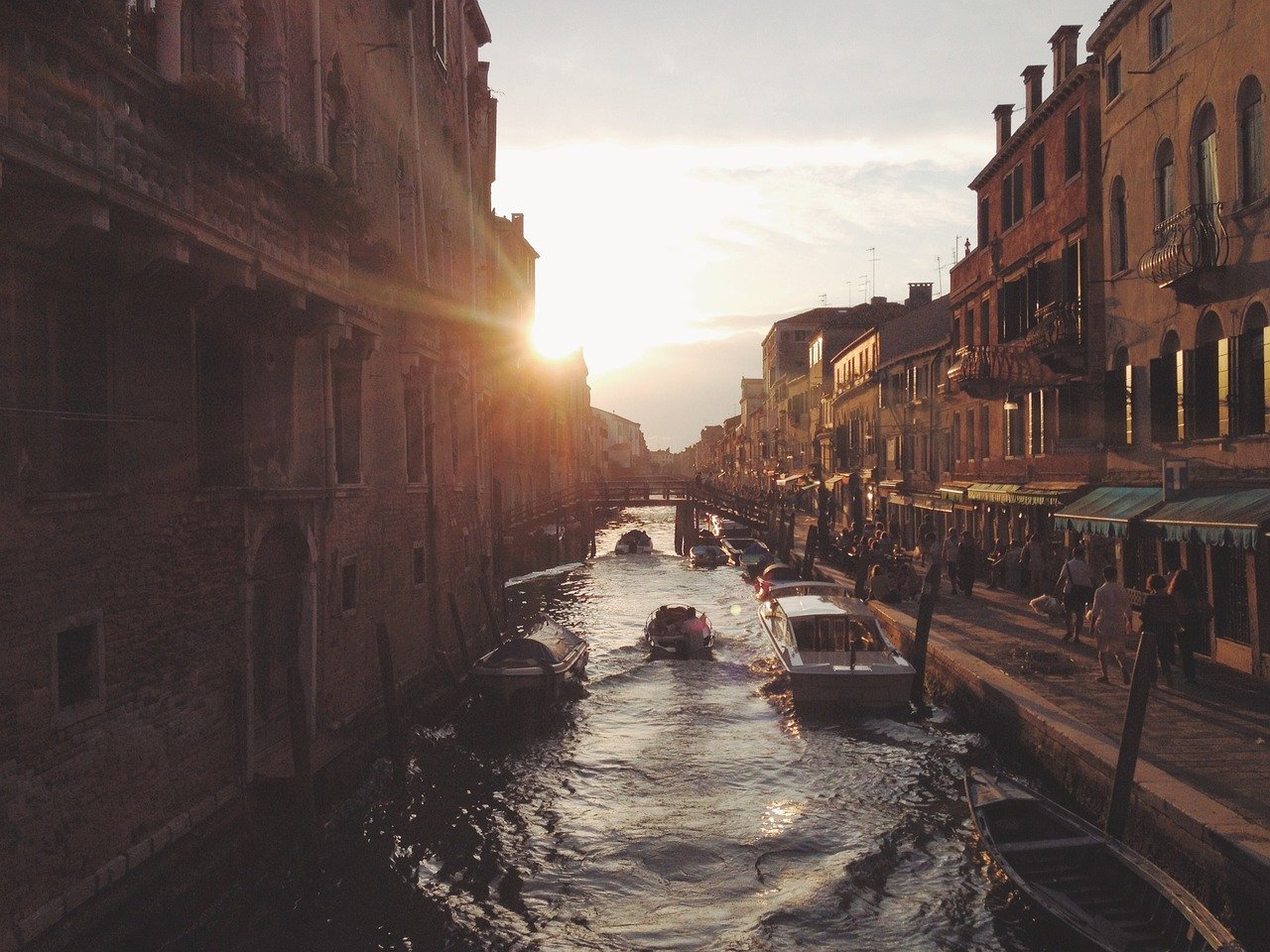
Shoulder season typically runs from late April to early June and September through October. Think of it as Europe’s best-kept secret, except it’s not really a secret—it’s just that most people are too busy fighting crowds in July to notice.
The benefits hit you immediately. Hotel prices drop by 30-50%. Restaurant tables become available without booking three weeks in advance. You can actually see the Mona Lisa without feeling like you’re at a particularly cultured wrestling match.
But here’s what guidebooks don’t tell you: shoulder season isn’t just about avoiding crowds. It’s about experiencing Europe as Europeans do. In October, locals aren’t hiding from tourists—they’re out enjoying their cities. Cafés buzz with actual conversation instead of the frantic phone-photographing that dominates summer months.
The Science Behind Perfect Shoulder Season Weather
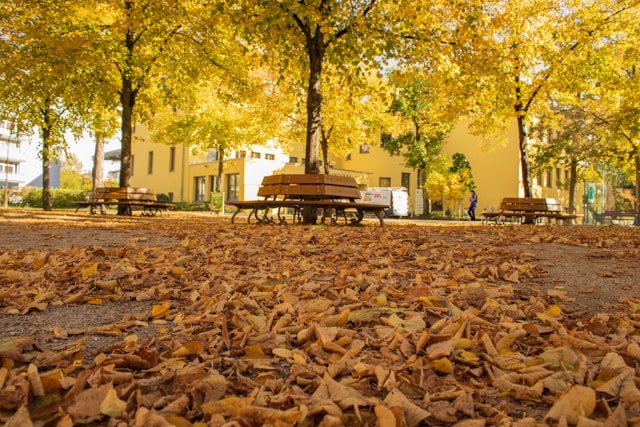
September through October offers what I call “Goldilocks weather”—not too hot, not too cold, just right. Average temperatures hover between 60-70°F (15-21°C) across most of Western Europe. You’ll want a light jacket for evenings, but days are perfect for walking around without dissolving into a puddle.
Spring shoulder season (late April-May) brings its own magic. Everything’s blooming, locals are emerging from winter hibernation, and there’s this palpable energy of renewal. Just pack layers—European spring can be moody, jumping from sunny to drizzly faster than you can say “gelato.”
Top Shoulder Season Destinations That Will Change Your Mind About European Travel
Portugal: The Underrated Superstar
Portugal in September is criminally underrated. While everyone’s fighting for space in Santorini, you could be sipping wine in Porto’s Douro Valley, watching the light turn golden over terraced vineyards. The weather is still warm enough for beach days in Lagos, but comfortable enough for exploring Lisbon’s hilly neighborhoods without requiring an IV drip.
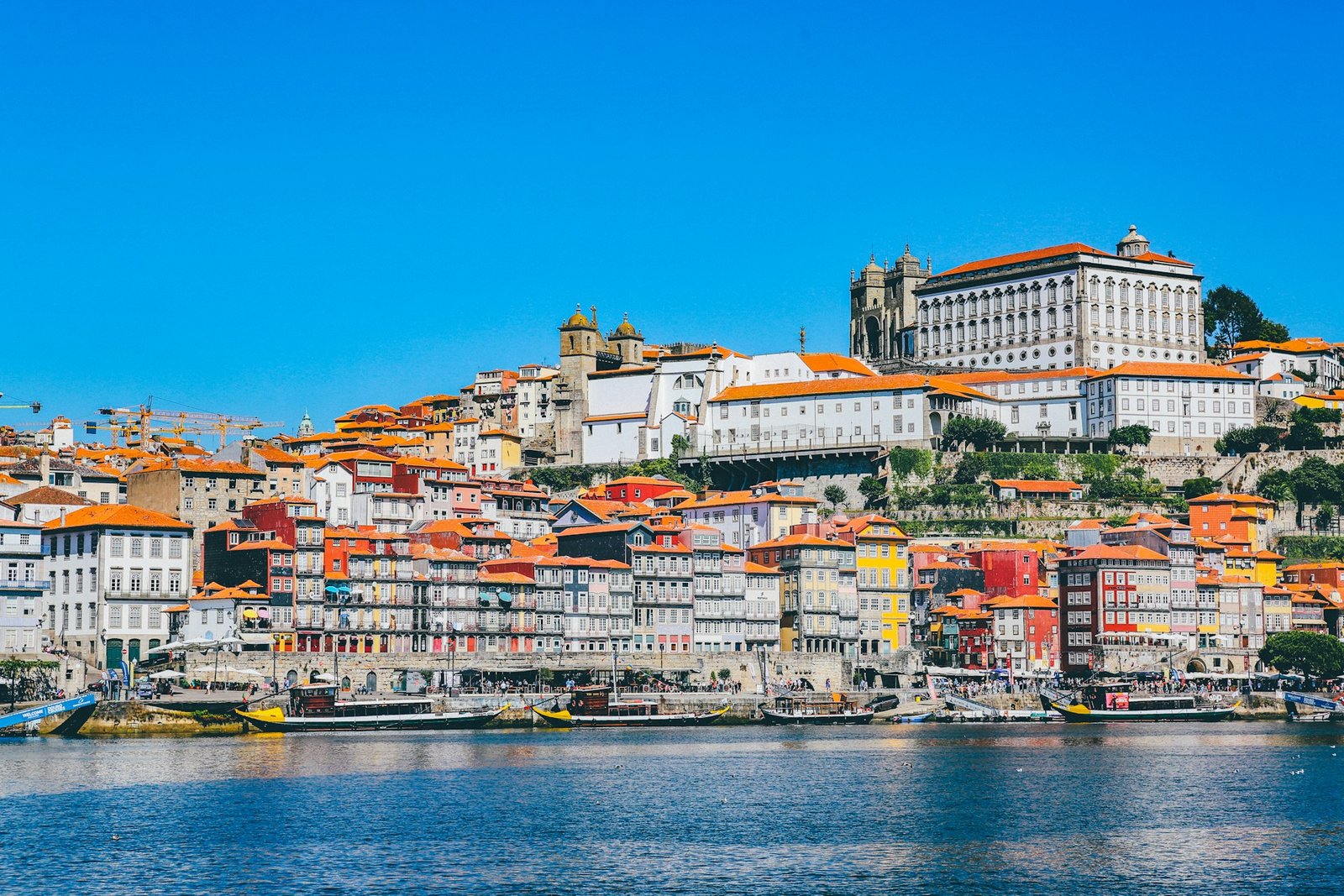
I spent five days in Lisbon last October, and honestly? It felt like I had the city to myself. Tram 28 wasn’t a tourist sardine can—it was actually functional transportation. The custard tarts at Pastéis de Belém were still warm, and there was no line. No line. That’s shoulder season magic right there.
Prague: Gothic Romance Without the Crowds
Prague in autumn is straight out of a fairy tale—if fairy tales included excellent beer and remarkably reasonable prices. The city’s Gothic architecture looks particularly dramatic against October’s moody skies, and the tourist hordes have thinned to manageable levels.
Pro tip: Book a table at U Fleků, Prague’s oldest brewery, for an afternoon beer garden session. In summer, you’d wait hours. In October? Walk right in and settle in for what might be the best goulash of your life.
Greek Islands: Extended Summer Paradise
Here’s a secret the tourism boards don’t want you to know: Greek islands in September and early October are actually better than summer. The sea is still warm from months of sunshine, but the scorching heat has mellowed. Santorini’s famous sunsets are just as spectacular, but you won’t need to elbow your way to a viewing spot.
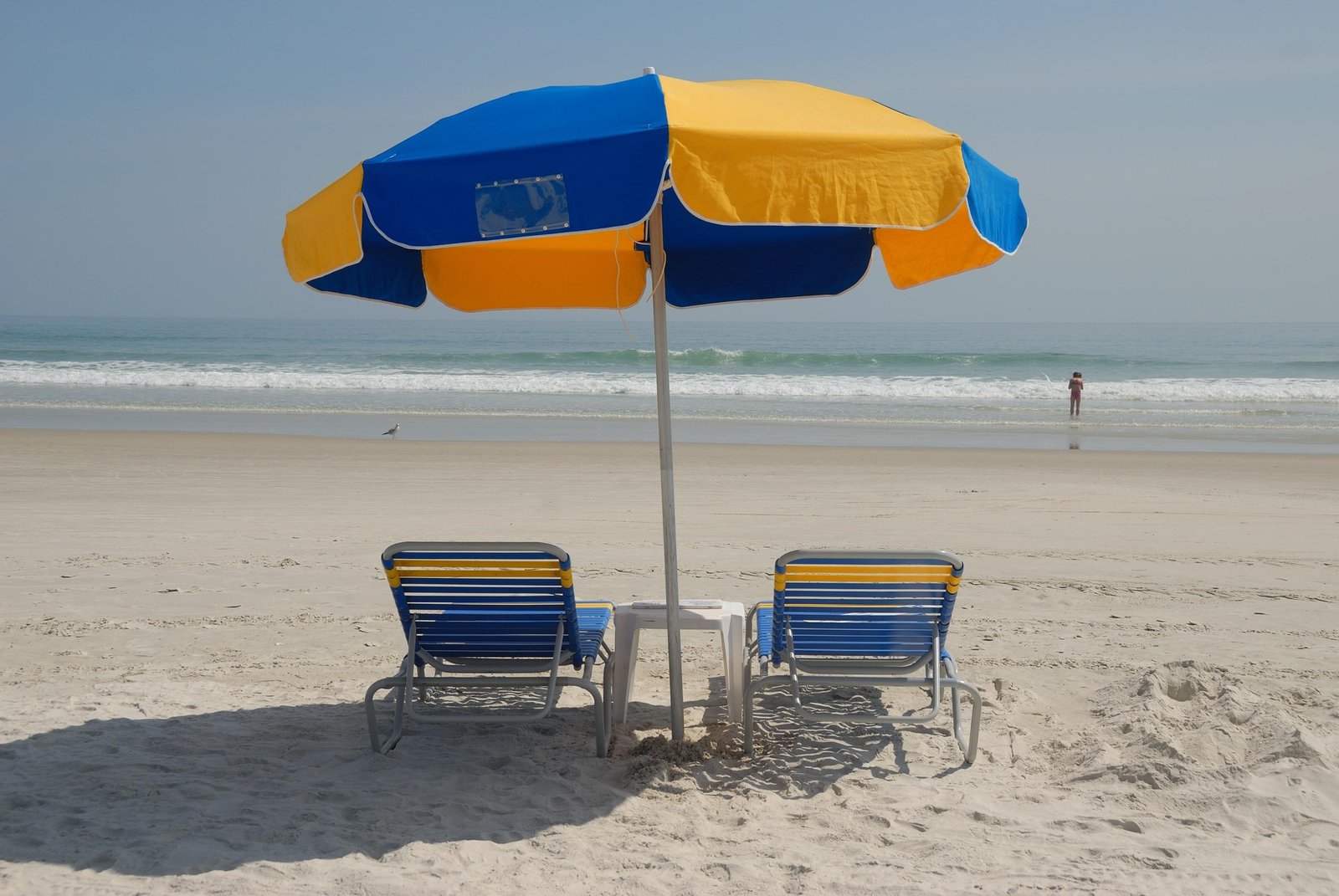
Mykonos in late September felt like having access to a private island. Beach clubs were open but spacious, restaurant terraces were available for sunset dining, and the island’s notorious party scene was still vibrant but not overwhelming.
Northern Italy: Peak Perfection
Northern Italy in shoulder season is where dreams come true. The Italian Lakes region—Como, Maggiore, Garda—transforms into something impossibly romantic. The summer crowds have dispersed, but the weather remains perfect for lakeside strolls and afternoon aperitivos.
Tuscany deserves special mention. October is harvest season, meaning you can actually participate in grape picking, attend harvest festivals, and taste wines that are literally days old. The countryside glows gold, and every hilltop village looks like it’s been painted by someone with excellent taste and unlimited time.
Planning Your 2025 Shoulder Season Adventure: The Smart Traveler’s Guide
Timing Is Everything
Insert image: Calendar highlighting optimal shoulder season months
For 2025, mark these dates:
- Spring Window: April 20 – June 10
- Fall Window: September 5 – October 25
Avoid Easter week and school holidays unless you enjoy paying premium prices for semi-peak experiences.
Booking Strategy That Actually Works
Forget everything you know about last-minute deals. Shoulder season requires strategic planning. Book flights 2-3 months in advance, but accommodations can often be booked closer to travel dates for better rates.
Use fare comparison tools like Skyscanner or Google Flights, but here’s the insider trick: clear your browser cookies between searches. Airlines track your interest and adjust prices accordingly.
Packing Like a Pro
Shoulder season packing is an art form. You need to be ready for 65°F sunny days and 45°F rainy evenings, sometimes within the same 24-hour period.
Essential Items:
- One warm jacket (waterproof preferred)
- Light layers you can add/remove
- Comfortable walking shoes (waterproof)
- Compact umbrella
- Versatile scarf (fashion and function)
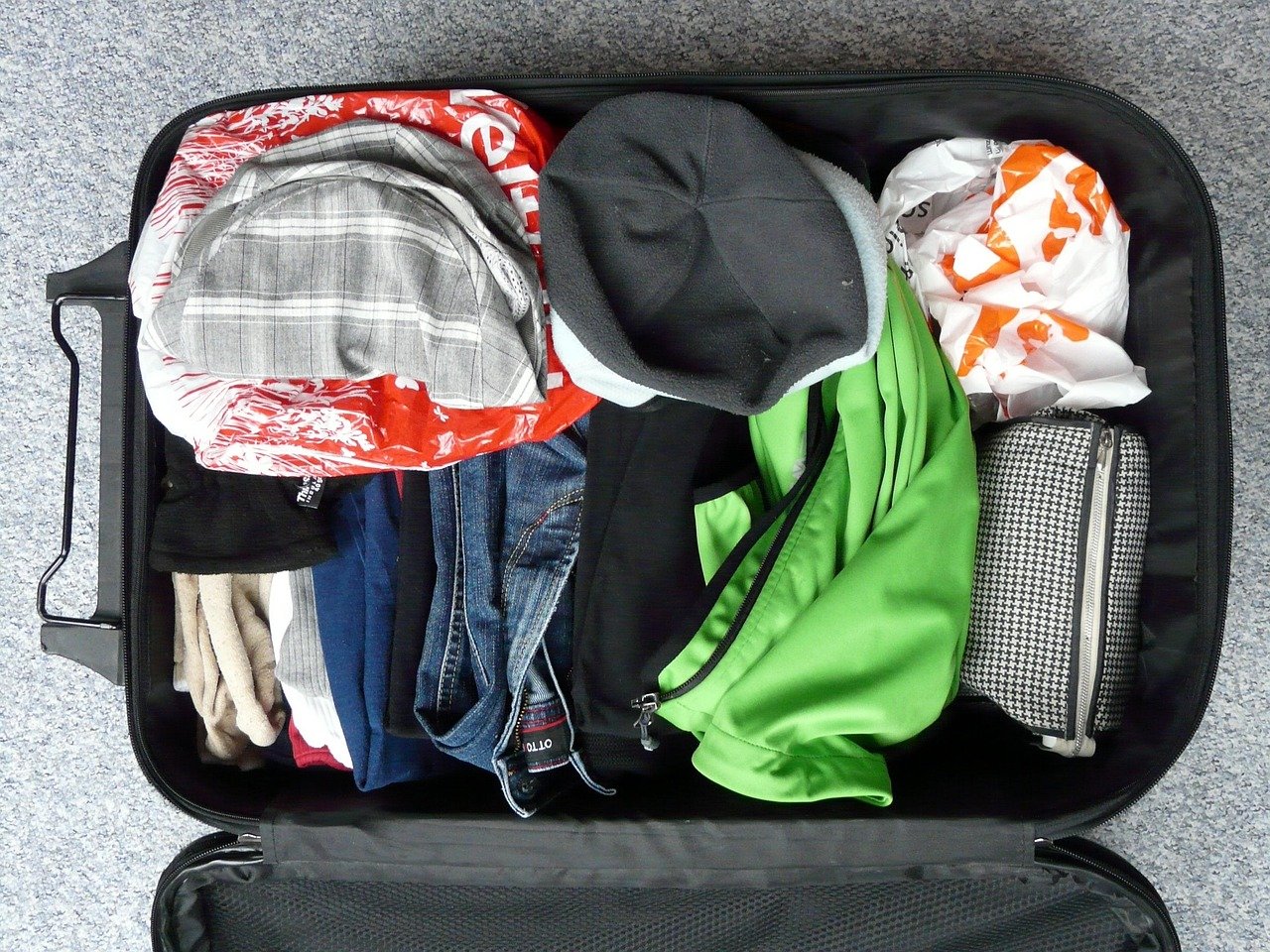
The Money Talk: Why Shoulder Season Saves You Serious Cash
Let’s talk numbers. A week in Paris during peak July might cost $3,000 for two people (flights, hotel, meals, activities). The same trip in October? Around $2,000. That’s a thousand-dollar difference for what’s arguably a better experience.
Hotel rates drop significantly—sometimes by 40-50%. Restaurant pricing remains stable, but you’re not paying surge pricing for tourist traps. Even activities like museum entry and guided tours often offer off-season discounts.
Sample Budget Breakdown (2025 Prices)
| Expense Category | Peak Season (July) | Shoulder Season (October) |
|---|---|---|
| Roundtrip Flight (NYC-Rome) | $1,200 | $800 |
| Hotel (7 nights, mid-range) | $1,400 | $900 |
| Meals (per person, daily) | $80 | $60 |
| Activities & Transport | $400 | $300 |
| Total per person | $2,760 | $1,900 |
Avoiding Common Shoulder Season Pitfalls
Not everything is sunshine and affordable wine. Some attractions have reduced hours or close entirely during shoulder season. Research ahead—nothing ruins a trip like discovering your must-see museum is closed for renovations.
Weather can be unpredictable. That perfect October day in Barcelona might be followed by two days of rain. Pack accordingly and have indoor backup plans.
Some beach destinations (particularly in Northern Europe) might be too cool for swimming by October. If Mediterranean beach time is non-negotiable, stick to September or choose Southern Spain/Italy.
Making the Most of Your Shoulder Season Experience

Shoulder season is about slowing down and experiencing destinations like a local. Book that cooking class in Rome—you’ll actually have space to learn. Take the scenic train route through the Swiss Alps—you’ll have window seats and peaceful carriages.
Engage with locals. During peak season, everyone’s too busy dealing with tourist chaos to chat. In shoulder season, your hotel concierge has time to give real recommendations. Restaurant owners might stop by your table. You’ll have actual conversations instead of rushed transactions.
The Bottom Line: Why 2025 Should Be Your Shoulder Season Year
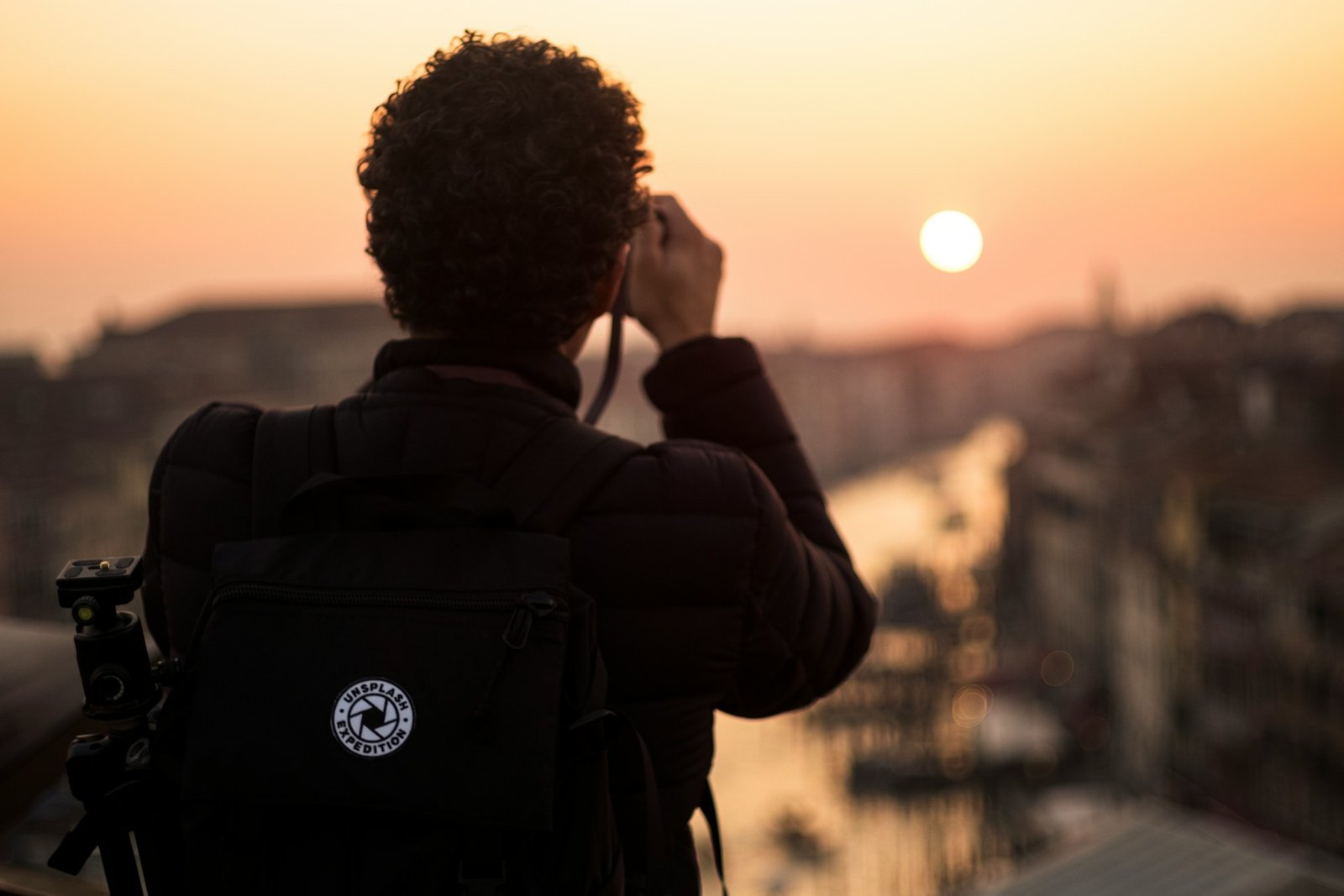
European shoulder season travel isn’t just about avoiding crowds and saving money—though those are excellent perks. It’s about experiencing Europe with breathing room, having authentic interactions, and creating memories that aren’t photobombed by 200 other tourists.
2025 is shaping up to be an excellent year for shoulder season travel. Post-pandemic travel patterns have stabilized, but many travelers still default to summer travel habits. That creates opportunity for savvy travelers who plan strategically.
My advice? Pick two destinations instead of trying to see everything. Spend a week in Portugal, then a week in Prague. Or combine Northern Italy with Croatia. Quality over quantity wins every time in shoulder season.
The European adventure you’ve been dreaming about is waiting for you—just not when you think it is. Skip the summer crowds, embrace the shoulder season magic, and prepare to fall in love with Europe all over again.
Frequently Asked Questions (FAQs)
Q: What exactly is shoulder season in Europe? A: Shoulder season refers to the periods between peak summer (July-August) and winter, typically late April through early June and September through October. It’s when weather is still pleasant but crowds have thinned significantly.
Q: Is shoulder season weather reliable in Europe? A: Generally yes, though it’s more variable than summer. September-October tends to be more predictable than spring shoulder season. Always pack layers and waterproof gear.
Q: Do all European attractions stay open during shoulder season? A: Most major attractions remain open, but some may have reduced hours or close certain days. Always check official websites before traveling, especially for smaller museums or seasonal attractions.
Q: How much money can I save traveling Europe in shoulder season? A: Savings typically range from 30-50% compared to peak summer travel. This includes flights, accommodations, and some activities. The biggest savings are usually on hotels and flights.
Q: Are restaurants and shops open during shoulder season? A: Yes, most restaurants and shops operate normally during shoulder season. In fact, many offer better service since they’re not overwhelmed with peak season crowds.
Q: Is shoulder season good for beach destinations in Europe? A: September is excellent for beach destinations, with warm seas and pleasant weather. October can be hit-or-miss depending on the location—Mediterranean areas are usually still good, while Northern European beaches may be too cool.
Q: What’s the best way to book shoulder season European travel? A: Book flights 2-3 months in advance for best prices. Hotels can often be booked closer to travel dates. Use comparison sites and be flexible with dates for maximum savings.
Q: Should I rent a car during shoulder season in Europe? A: Shoulder season is actually ideal for European road trips. Less traffic, better parking availability, and more scenic drives without summer crowds. Just be prepared for potentially shorter daylight hours in late October.
Q: What should I pack for shoulder season European travel? A: Pack layers! Include a warm waterproof jacket, comfortable walking shoes, light sweaters, and a compact umbrella. The key is being prepared for temperature variations throughout the day.
Q: Are guided tours available during shoulder season? A: Yes, most guided tours operate during shoulder season, often with smaller groups and better personalized attention. Some tours may have reduced frequency, so book in advance.
Top Travel Recommendations & Products
Destinations:
- Portugal – Visit Portugal Official – Perfect weather, fewer crowds, excellent value
- Prague, Czech Republic – Prague Tourism – Gothic architecture, great beer, affordable luxury
- Northern Italy – Italia Tourism – Harvest season, ideal weather, romantic atmosphere
- Greek Islands – Visit Greece – Extended summer without the crowds
- Barcelona, Spain – Barcelona Tourism – Cultural richness, pleasant temperatures
Booking Platforms: 6. Skyscanner – Skyscanner.com – Best flight comparison tool with flexible date options 7. Booking.com – Booking.com – Extensive hotel selection with free cancellation 8. Airbnb – Airbnb.com – Authentic local stays, often better shoulder season value
Travel Gear: 9. Patagonia Torrentshell Jacket – Patagonia – Lightweight, waterproof, packable 10. Allbirds Tree Runners – Allbirds – Comfortable walking shoes, machine washable 11. Peak Design Travel Backpack – Peak Design – Versatile, TSA-friendly, lifetime warranty
Travel Insurance: 12. World Nomads – World Nomads – Comprehensive coverage for European travel 13. SafetyWing – SafetyWing – Affordable, digital nomad-friendly insurance
Money & Communication: 14. Wise Card – Wise – Best exchange rates, no foreign transaction fees 15. Google Fi – Google Fi – Seamless international data coverage
Transportation: 16. Eurail Pass – Eurail.com – Flexible train travel across Europe 17. Omio – Omio.com – Compare trains, buses, and flights in Europe
Accommodation: 18. Generator Hostels – Generator – Stylish hostels in major European cities 19. Design Hotels – Design Hotels – Unique boutique properties across Europe 20. Relais & Châteaux – Relais & Châteaux – Luxury properties for special occasions

